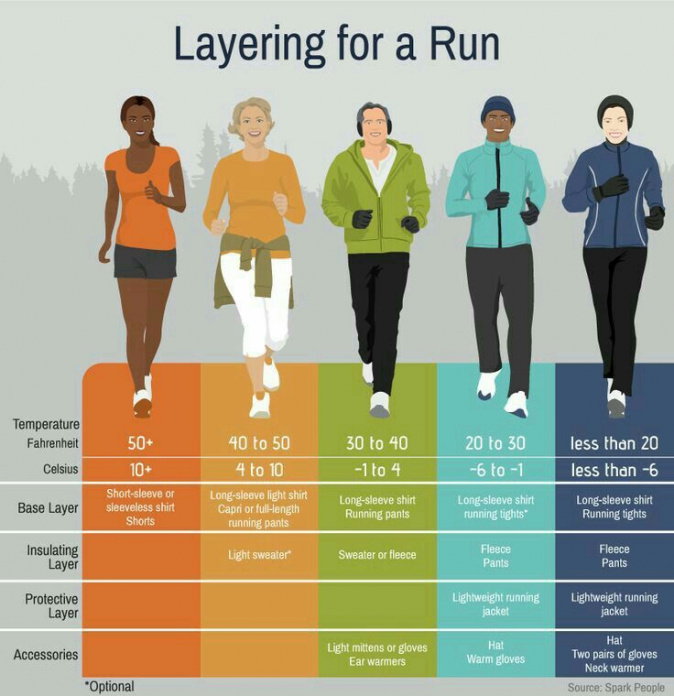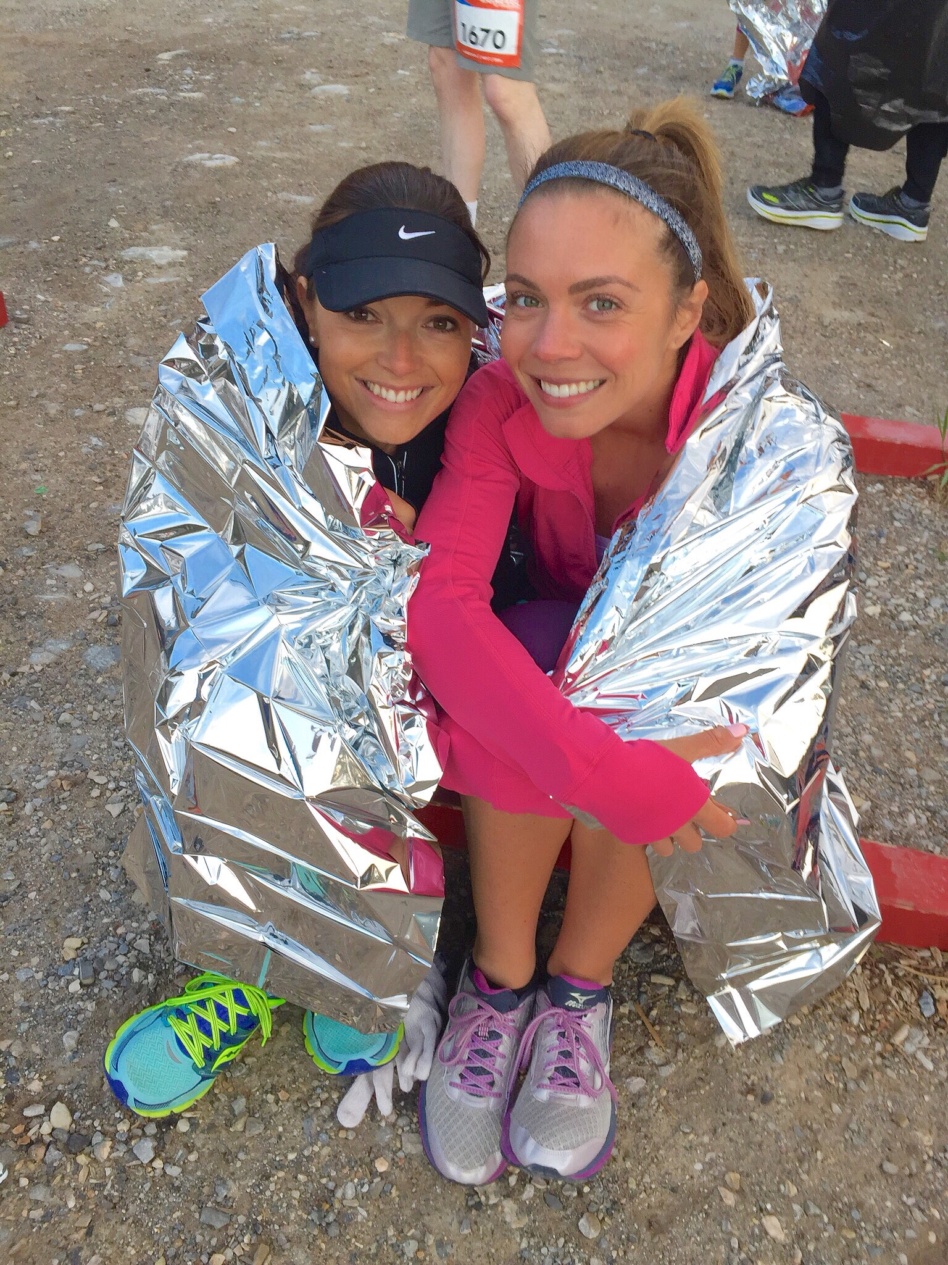
No matter where you live, the Winter season is undoubtedly colder than any other. Growing up in Connecticut we definitely had our share of cold winters! It was always a struggle for me to get out the door for a run, but I always felt better when I finally did!
Depending on where you live, winter weather conditions can range from mild temperatures to daily snow storms. That being said, if you’re an avid runner and plan to continue your training during the Winter season, it’s best to plan ahead. And, if you’re knee deep in the coldest Winter weather, I encourage you to take extra precautions.
Benefits of Running Outside:
Even during the colder Winter months, running outside can be beneficial to our mental and physical health. By following the running tips below, you can reap the health benefits of outdoor running year-round.
When running or exercising outside, you are naturally exposed to sunlight, which is essential in supporting healthy vitamin D levels. Adequate vitamin D stores are necessary for immune function, bone formation, heart health, and other important functions in the body. Also, an outside run is a great time to clear your head, or alternatively, dive into some deep thinking. It can be an exceptional stress-reliever, too!

Tips for Running in the Winter:
Most of the time, it’s possible to participate in outdoor runs during the Winter season. With these important tips, it can be enjoyable, too!
1. Follow the Weather
If you live in a climate that is particularly harsh during the Winter months, it’s important to watch the weather and stay informed. In particular, watch for declining wind chill numbers, which can pose a danger to you.
2. Dress Appropriately
When running in cold weather, always dress in appropriate athletic clothing. The key is to dress warmly with breathable clothing to prevent too much sweating (which can cause a chill). A great rule of thumb is to dress as if the temperature were 20° warmer.
3. Dress in Layers
An important part of dressing appropriately is dressing in layers. Layering clothing will allow you to shed as needed to prevent excessive sweating. Consider a sports bra and tank topped layered with a light, breathable jacket and heavier athletic coat.

4. Warm-Up Inside
Before and after your run, be sure to get warm inside. Turn up the heater, enjoy a warm cup of tea or lemon water, sit in front of the fireplace, or take a warm Epsom salt bath (after).
5. Adjust Your Workouts
Sometimes, running outside is just not an option. And, that’s okay! It’s always a good idea to mix up your runs and workouts anyways. Consider using the outdoors for sprints and shorter runs, while opting for longer runs inside.
6. Pay Close Attention to Hands and Feet
Our extremities are most vulnerable to being cold, including our hands, fingers, feet, toes, ears, and nose. It’s best to protect these body parts as much as you can. Think about wearing a beanie or head wrap, mittens, thick socks, and/or a high neck jacket.
7. Stay Close to Home
By staying close to home, you can quickly return home when the cold becomes intolerant. If ice and snow are present, it’s important to consider the risk of slipping or falling. If you do injure yourself, being close to home is a good exit strategy.
8. Moisturize
Remember to apply chapstick before you leave the house. Better yet, if you have a small pocket, bring it with you. You can also apply vaseline to your lips, nose, cheeks, and ears to protect them from the drying effects of wind and cold.
9. Find a Running Buddy
Running with a friend not only helps keep you accountable, but also keeps you safer. In case the weather takes a turn for the worst or you do injure yourself, a running buddy can assist you when you need it the most. And, vice versa!


Running outside in the Winter season comes with it’s benefits and challenges, but by keeping these running tips in mind, you’ll be on your way to a strong, consistent, and safe training season!






